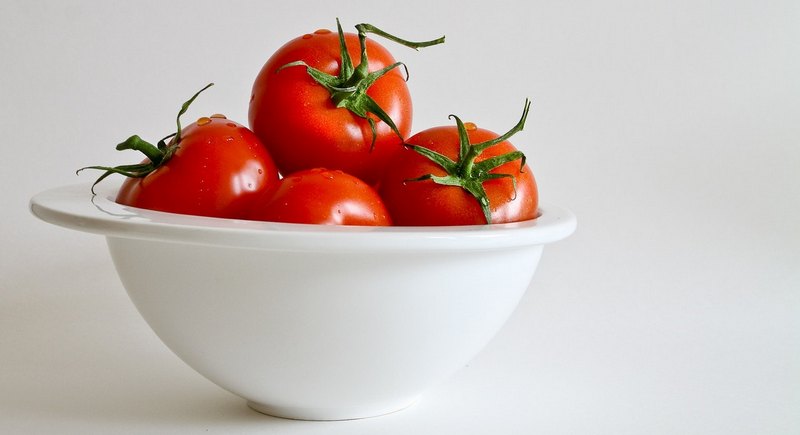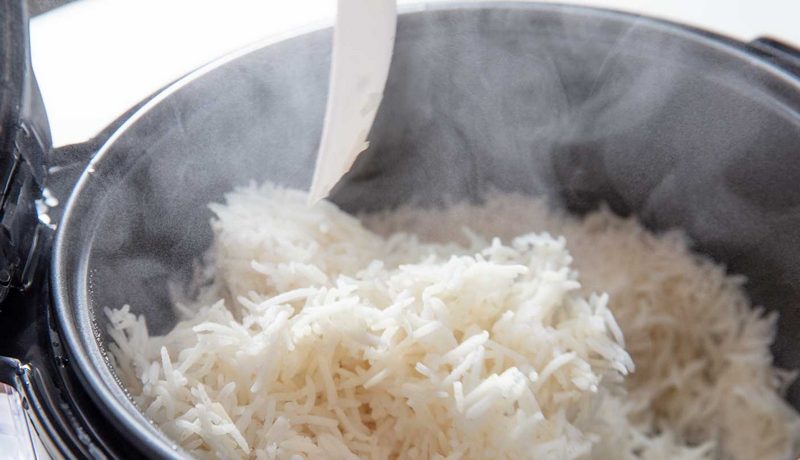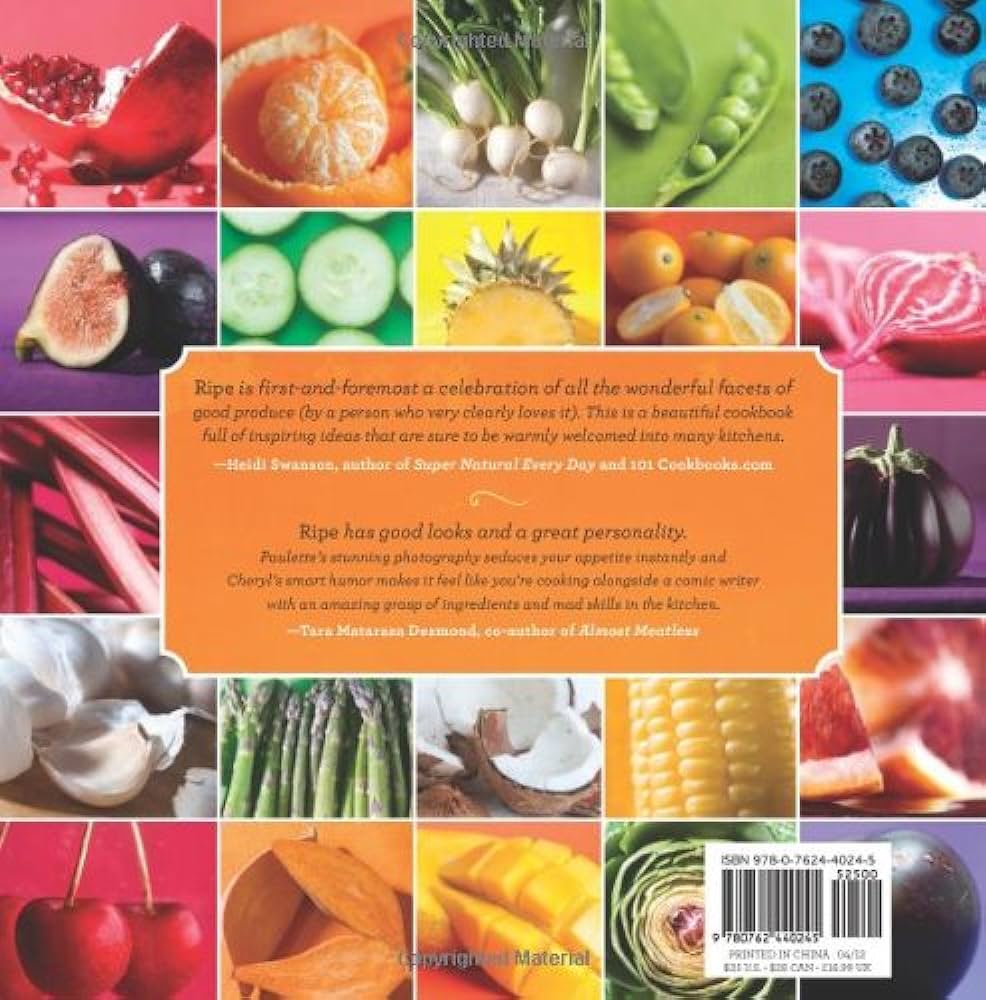The Truffle Pie Strain: Everything You Need To Know
If you’re looking for a new and interesting strain to try, look no further than the truffle pie strain. This hybrid is perfect for those who want to relax and enjoy a delicious dessert at the same time.
Continue Reading








